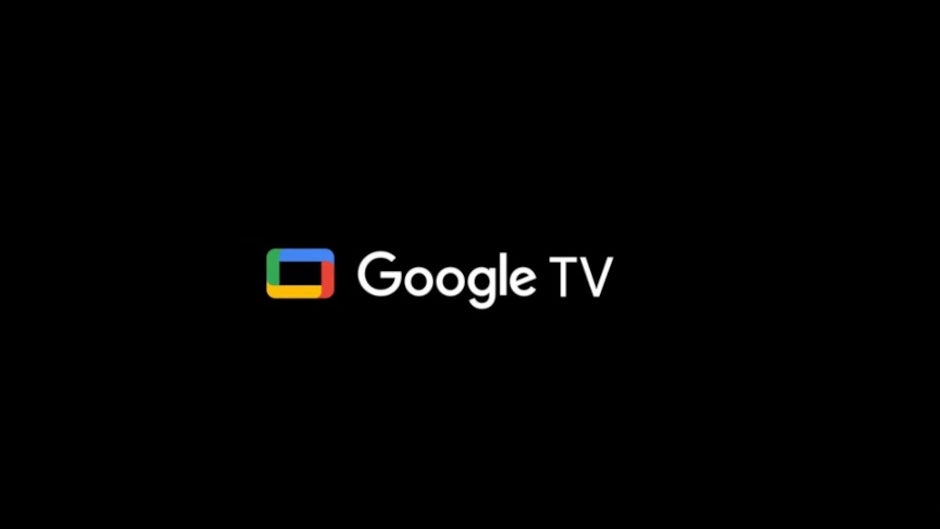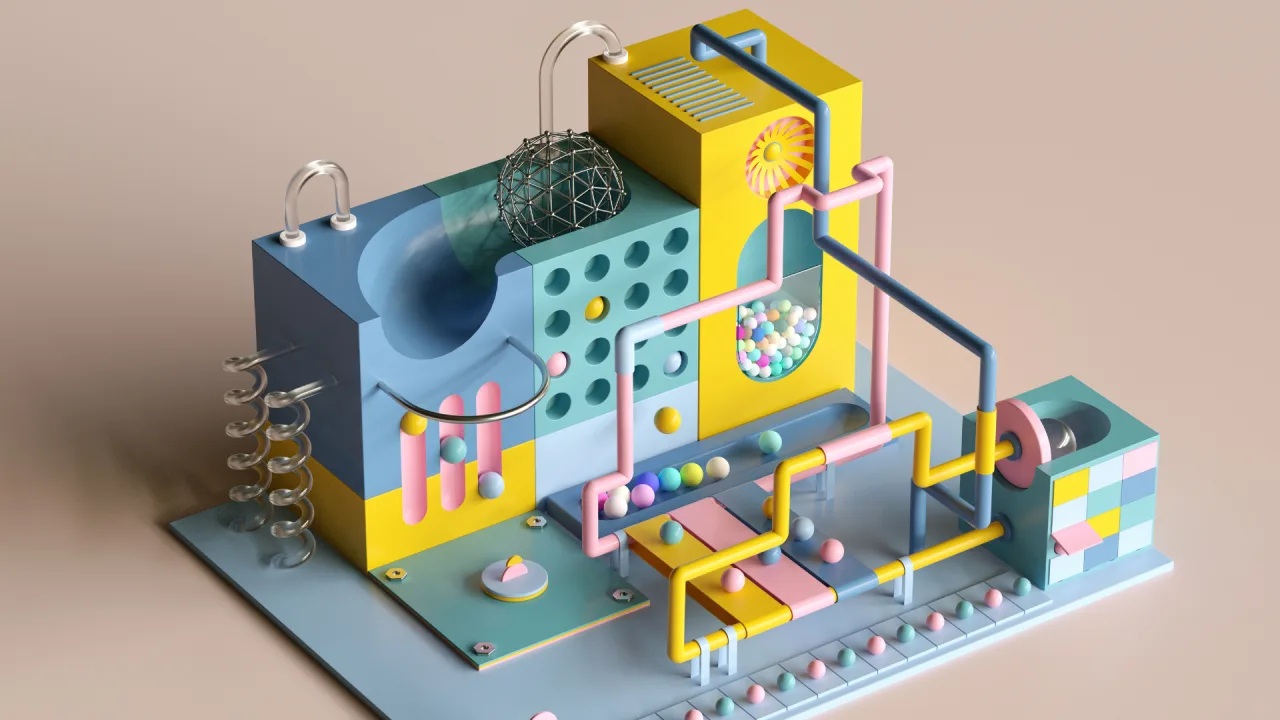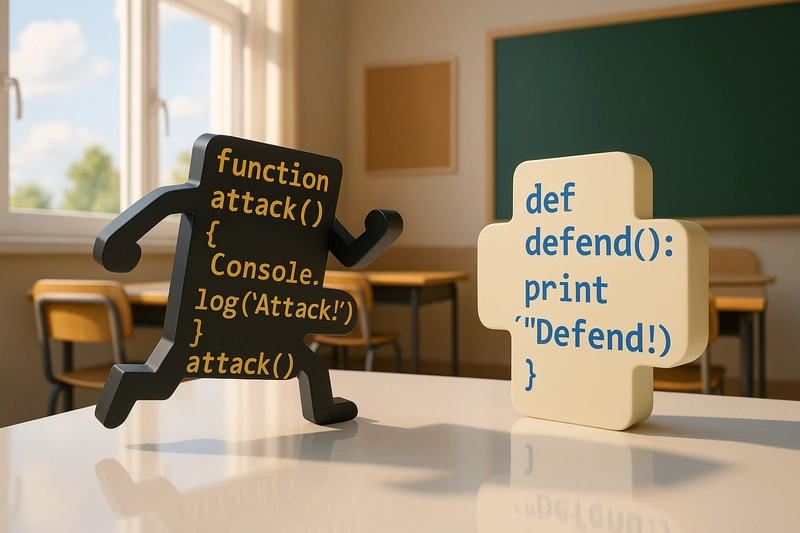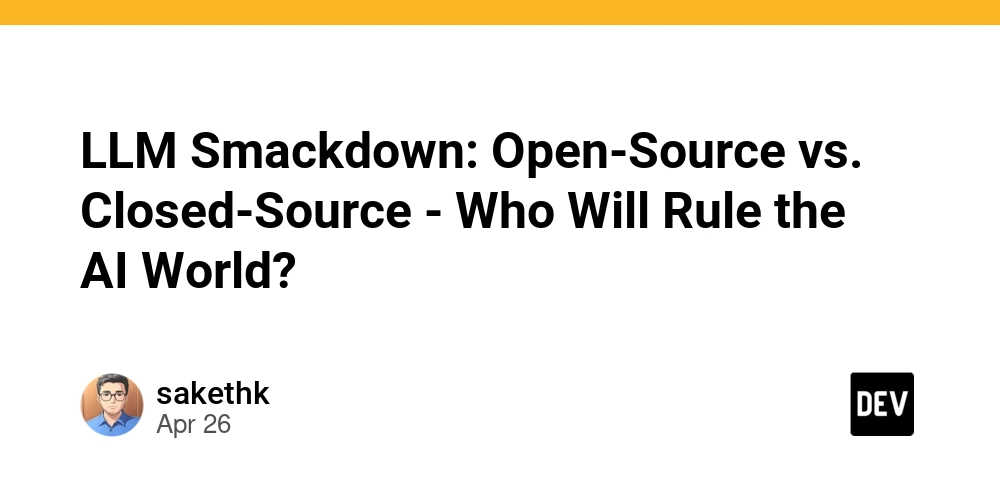Blockchain and Medical Records: Revolutionizing Healthcare
Abstract This post explores how blockchain technology is reshaping the future of healthcare by revolutionizing medical records management. We delve into the history, key concepts, real-world applications, challenges, and future trends associated with integrating blockchain into healthcare. By combining insights from the original article Blockchain in Healthcare with complementary resources, we present a clear, well-structured guide that highlights the benefits of decentralization, advanced security, smart contracts, and innovative funding strategies inspired by NFT and open source models. In addition, we cover technical details and real-world examples, ensuring both technical experts and general readers gain an in-depth perspective on this transformative technology. Introduction Blockchain technology is making waves across various industries, and healthcare is no exception. Traditional medical record systems have long struggled with issues such as data silos, inefficiencies, and vulnerabilities. Blockchain offers a powerful solution by providing a decentralized, immutable, and secure ledger that can fundamentally change how patient data is managed and shared. This transformation not only promises improved efficiency in administrative tasks but also enhances patient empowerment and privacy. In this post, we will explore the breadth of blockchain’s potential in healthcare. We start with a discussion on the background and evolution of blockchain, followed by an analysis of core concepts such as decentralization, smart contracts, and data security. We will then examine practical use cases—from national e-health systems to patient-centric networks—before addressing the challenges and limitations facing the technology. Finally, we forecast future trends and innovations that could solidify blockchain’s role in revolutionizing healthcare. Additionally, links to further readings and related projects enhance our discussion and provide technical and contextual depth. Background and Context Blockchain emerged over a decade ago as the underlying technology behind cryptocurrencies like Bitcoin. Its key attribute—decentralization—ensures that no single entity has complete control over the data, making it ideal for industries that require high levels of security and transparency. Historically, patient records have been maintained in centralized databases. These systems are prone to data breaches, inefficient administrative processing, and often create isolated data silos, which in turn hamper seamless communication between healthcare providers. Regulations such as HIPAA in the US and GDPR in Europe demand strict standards for data privacy and security. Blockchain addresses these challenges by storing encrypted records in a distributed ledger where each transaction forms an immutable block. This design not only reduces the risk of data breaches but also allows for regulated data sharing across institutions. Several projects illustrate how blockchain can bridge the gaps inherent in current healthcare systems. For instance, Estonia’s e-health system leverages blockchain to create an interoperable and secure network for medical records. These systems ensure patient data is stored in an immutable format that is accessible only to authorized persons. Additionally, by integrating open source licensing models and NFT-inspired funding strategies, blockchain creates additional layers of transparency and community engagement. Open source projects encourage peer review of code and prompt faster resolution of security vulnerabilities. Meanwhile, tokenization models—similar to those used in NFT projects—can generate innovative funding solutions to support further developments in healthcare technology. For a broader perspective on funding mechanisms and open source licensing, please refer to Copyleft Licenses Ultimate Guide. Core Concepts and Features Blockchain technology incorporates a variety of features that make it ideally suited for revolutionizing healthcare. Below are some key concepts and their overlaps with emerging funding and open source models. Decentralization and Immutability At its core, blockchain is a decentralized ledger. Unlike traditional systems, which store data in one central location, blockchain distributes its ledger across multiple nodes. Each piece of data is stored in a block, linked in sequence to form an immutable chain. This structure offers several advantages: No single point of failure: Reducing risk in the event of a cyber-attack. Data integrity: Once data is recorded, it cannot be tampered with, ensuring trust. Enhanced interoperability: Enabling various institutions to share data seamlessly. Consider the table below which outlines the key differences between traditional medical record systems and blockchain-based systems: Feature Traditional Medical Records Blockchain-Based Records Data Storage Centralized databases Distribu
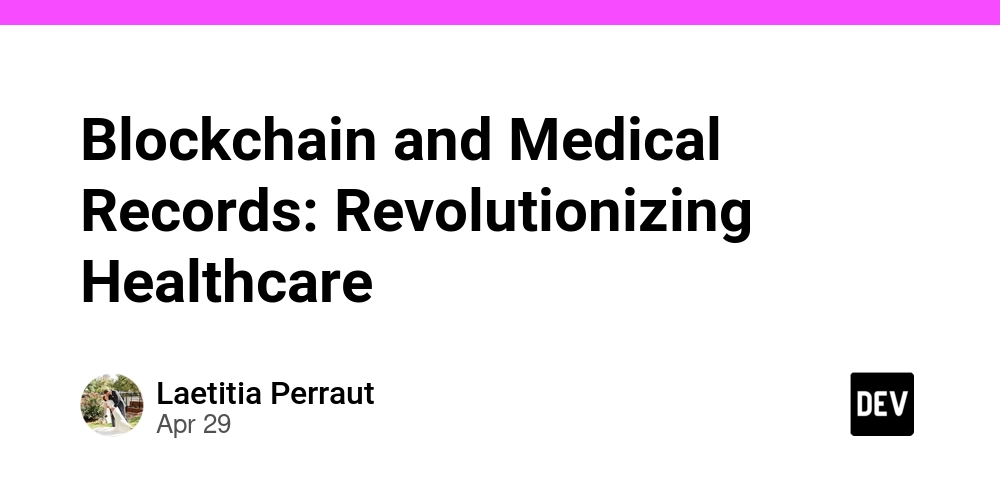
Abstract
This post explores how blockchain technology is reshaping the future of healthcare by revolutionizing medical records management. We delve into the history, key concepts, real-world applications, challenges, and future trends associated with integrating blockchain into healthcare. By combining insights from the original article Blockchain in Healthcare with complementary resources, we present a clear, well-structured guide that highlights the benefits of decentralization, advanced security, smart contracts, and innovative funding strategies inspired by NFT and open source models. In addition, we cover technical details and real-world examples, ensuring both technical experts and general readers gain an in-depth perspective on this transformative technology.
Introduction
Blockchain technology is making waves across various industries, and healthcare is no exception. Traditional medical record systems have long struggled with issues such as data silos, inefficiencies, and vulnerabilities. Blockchain offers a powerful solution by providing a decentralized, immutable, and secure ledger that can fundamentally change how patient data is managed and shared. This transformation not only promises improved efficiency in administrative tasks but also enhances patient empowerment and privacy.
In this post, we will explore the breadth of blockchain’s potential in healthcare. We start with a discussion on the background and evolution of blockchain, followed by an analysis of core concepts such as decentralization, smart contracts, and data security. We will then examine practical use cases—from national e-health systems to patient-centric networks—before addressing the challenges and limitations facing the technology. Finally, we forecast future trends and innovations that could solidify blockchain’s role in revolutionizing healthcare. Additionally, links to further readings and related projects enhance our discussion and provide technical and contextual depth.
Background and Context
Blockchain emerged over a decade ago as the underlying technology behind cryptocurrencies like Bitcoin. Its key attribute—decentralization—ensures that no single entity has complete control over the data, making it ideal for industries that require high levels of security and transparency.
Historically, patient records have been maintained in centralized databases. These systems are prone to data breaches, inefficient administrative processing, and often create isolated data silos, which in turn hamper seamless communication between healthcare providers. Regulations such as HIPAA in the US and GDPR in Europe demand strict standards for data privacy and security. Blockchain addresses these challenges by storing encrypted records in a distributed ledger where each transaction forms an immutable block. This design not only reduces the risk of data breaches but also allows for regulated data sharing across institutions.
Several projects illustrate how blockchain can bridge the gaps inherent in current healthcare systems. For instance, Estonia’s e-health system leverages blockchain to create an interoperable and secure network for medical records. These systems ensure patient data is stored in an immutable format that is accessible only to authorized persons.
Additionally, by integrating open source licensing models and NFT-inspired funding strategies, blockchain creates additional layers of transparency and community engagement. Open source projects encourage peer review of code and prompt faster resolution of security vulnerabilities. Meanwhile, tokenization models—similar to those used in NFT projects—can generate innovative funding solutions to support further developments in healthcare technology. For a broader perspective on funding mechanisms and open source licensing, please refer to Copyleft Licenses Ultimate Guide.
Core Concepts and Features
Blockchain technology incorporates a variety of features that make it ideally suited for revolutionizing healthcare. Below are some key concepts and their overlaps with emerging funding and open source models.
Decentralization and Immutability
At its core, blockchain is a decentralized ledger. Unlike traditional systems, which store data in one central location, blockchain distributes its ledger across multiple nodes. Each piece of data is stored in a block, linked in sequence to form an immutable chain. This structure offers several advantages:
- No single point of failure: Reducing risk in the event of a cyber-attack.
- Data integrity: Once data is recorded, it cannot be tampered with, ensuring trust.
- Enhanced interoperability: Enabling various institutions to share data seamlessly.
Consider the table below which outlines the key differences between traditional medical record systems and blockchain-based systems:
| Feature | Traditional Medical Records | Blockchain-Based Records |
|---|---|---|
| Data Storage | Centralized databases | Distributed ledger |
| Security | Vulnerable to breaches | Encrypted, immutable, and decentralized |
| Interoperability | Often isolated data silos | Standardized protocols for seamless sharing |
| Patient Control | Limited control by patients | Patient-centric access with cryptographic keys |
| Administrative Efficiency | Manual and error-prone | Automated using smart contracts |
Smart Contracts and Automation
Smart contracts are self-executing protocols embedded on a blockchain network that automatically execute predefined rules once conditions are met. In healthcare, smart contracts can:
- Automate insurance claims processing
- Manage patient consent for data sharing
- Streamline billing systems to reduce errors
This automation not only minimizes the reliance on manual intervention but also accelerates the processing of routine tasks. By doing so, hospitals and clinics can reduce costs and free up critical resources for patient care. For more detailed insights on smart contract audits and related challenges, you might explore resources like Arbitrum and Smart Contract Audits.
Data Security and Privacy
Data security is one of healthcare’s most pressing issues. Blockchain employs advanced cryptographic methods to secure data both in transit and at rest. Each record is encrypted and accessible only to those possessing the proper cryptographic key. This ensures compliance with strict legal frameworks like HIPAA and GDPR. Moreover, patient-centric data control allows individuals the freedom to determine who accesses their data, a significant leap over traditional systems where third parties usually control data.
Interoperability and Standardization
It is crucial that data flows seamlessly across various healthcare providers. Blockchain supports interoperability by standardizing health protocols for data exchange. This means that no matter which system a hospital or clinic uses, patient records can be shared without any loss in fidelity. Real-time updates, provided by blockchain’s immutable ledger, enable better-informed decision-making by healthcare professionals. For further reading on the evolution of blockchain interoperability, see Arbitrum and Blockchain Interoperability.
Integration with Open Source and NFT Funding Concepts
Blockchain’s decentralized framework works in tandem with open source principles. Open source projects encourage collaborative development, enhancing security through peer review and transparency. Furthermore, innovative funding strategies, often inspired by NFT tokenization mechanisms, support the development of these technologies by offering:
- Transparent funding allocation
- Decentralized investment opportunities
- Community-driven financial support
Such funding models enable healthcare startups to secure microfunding via token sales and community grants, which further drive technological advancements. Additionally, these models reduce dependencies on traditional funding sources.
A bullet list summarizing the benefits includes:
- Enhanced patient empowerment through controlled data access.
- Efficiency gains via automation of administrative tasks.
- Stronger security using cryptographic encryption.
- Broader interoperability across disparate healthcare systems.
- Innovative funding models inspired by NFT concepts.
Applications and Use Cases
Blockchain’s real-world applications in healthcare are diverse and promising. Below are some highlighted use cases:
1. National E-Health Systems
Estonia’s E-Health System is a prime example of how blockchain can secure nationwide medical records. By using blockchain, Estonia has created a system where patient data is stored across a network, ensuring that healthcare providers can access reliable and tamper-proof records in real time. This system not only enhances data security but also fosters trust between patients and public institutions.
2. Patient-Centric Health Information Networks
Projects such as MediBloc empower patients by allowing them to control access to their own medical records. In these networks, each patient is issued cryptographic keys that enable them to authorize or revoke access. This model gives patients unprecedented control over their personal data while ensuring that healthcare providers have timely access to the information they require. The decentralization and encryption provided by blockchain create a secure environment ideal for managing sensitive medical records.
3. Automated Administration via Smart Contracts
Major technology companies and government agencies are exploring how smart contracts can streamline administrative processes such as:
- Insurance claims verification
- Automated billing systems
- Patient consent management
For example, IBM’s collaboration with the CDC demonstrated that smart contracts could automate many administrative tasks, contributing to reduced errors and lower operational costs. Integration with blockchain platforms also opens the door to interoperability with decentralized financial ecosystems, such as those detailed in Arbitrum and De-Fi Yield.
Additional Funding and Integration Use Cases
Innovative funding for blockchain healthcare projects is emerging alongside platform developments. For instance, tokenized funding models, influenced by NFT concepts, are being used to raise capital for projects requiring high-security standards. Institutions like venture capital groups and government grants are beginning to support these projects, paving the way for large-scale adoption. For more on the funding side of blockchain projects, you may refer to related dev.to posts such as Unveiling the GNU Lesser General Public License v3 which discusses innovative funding strategies in the open source space.
Below is a table summarizing some prominent use cases:
| Use Case | Key Features | Benefits |
|---|---|---|
| National E-Health Systems | Immutable record tracking; secure data sharing | Enhanced patient trust, improved data security |
| Patient-Centric Information Networks | Decentralized access; cryptographic key management | Empowered patients; streamlined data access |
| Automated Administration | Smart contracts; real-time automated processes | Reduced administrative overhead; cost savings |
| Tokenized Funding Models | ICO/STO funding; NFT-inspired tokenization | Transparent and decentralized funding opportunities |
Challenges and Limitations
Despite its transformative potential, blockchain in healthcare faces several significant challenges:
Data Privacy and Regulatory Compliance
While blockchain offers robust security via encryption and decentralization, healthcare data is subject to strict regulatory guidelines. Implementing features such as data deletion (to comply with laws like GDPR) can be technically challenging on an immutable ledger. Regulatory bodies and technical developers must work hand in hand to balance the need for security with compliance.
Scalability and Performance Issues
One of the biggest technical hurdles is the scalability of blockchain networks. As patient data volume increases and more transactions are added to the ledger, performance may suffer. Innovative solutions including off-chain processing and sharding are necessary to manage large-scale implementations effectively. Ongoing advancements in protocols—such as those explored in Arbitrum and Network Upgrades—are critical to addressing these issues.
Integration with Legacy Systems
Many healthcare institutions still rely on legacy systems that were never designed to accommodate blockchain’s decentralized model. Transforming these systems to integrate with blockchain networks requires substantial infrastructure upgrades and investments, which can deter widespread adoption.
Technical Complexity and Educational Barriers
Blockchain technology is inherently complex, featuring terms such as cryptographic keys, smart contracts, and consensus mechanisms. For healthcare administrators, clinicians, and IT professionals who are not versed in blockchain, the learning curve can be steep. Addressing these educational gaps through targeted training and clearer documentation is essential.
Cost-Related Investment Challenges
The initial cost of developing and migrating to blockchain-based healthcare systems can be significant. This includes expenditures on technology, security enhancements, and continuous system upgrades. Hence, innovative funding mechanisms, including decentralized models and NFT-inspired tokenization, must be leveraged to overcome financial barriers.
Security Concerns and Cyber Threats
Despite blockchain’s robust security layers, vulnerabilities can still exist within smart contracts or peripheral integrations. High-profile attacks in other blockchain networks remind us that security is an ongoing challenge. Continuous improvement in security protocols and regular audits are necessary to ensure sensitive healthcare data remains protected.
Future Outlook and Innovations
While there are challenges, the future of blockchain in healthcare is filled with promise. Here are some trends and anticipated innovations that could pave the way for broader adoption:
Enhanced Scalability Solutions
Advancements such as layer-2 scaling solutions, sharding, and off-chain processing are already in development. These improvements will allow blockchain networks to handle larger volumes of data and high transaction rates without performance degradation.
Convergence with Artificial Intelligence
The integration of blockchain with artificial intelligence (AI) has the potential to unlock personalized healthcare solutions. By applying AI-powered analytics on secure, decentralized data platforms, healthcare providers can gain insights for better diagnostics and treatment plans—all while preserving data privacy.
Open Source Collaboration and Decentralized Funding
The open source community will continue to drive enhancements in blockchain technology. Future innovations may include:
- Decentralized Funding Platforms: Allowing healthcare startups to secure investments via tokenized sales.
- Collaborative Ecosystems: Pooling global talent to create secure, interoperable blockchain solutions for healthcare.
Regulatory Evolution and Institutional Adoption
Government agencies are beginning to recognize and support blockchain’s potential. Future regulatory frameworks may ease integration burdens, thereby enhancing institutional adoption. Furthermore, increasing collaboration between regulatory bodies and technology providers is expected to facilitate smoother technology transfers.
Real-World Expansion
The success of early implementations—such as Estonia’s e-health and patient-centric platforms like MediBloc—will drive further investments. Venture capital, government grants, and community funding are likely to catalyze the rapid expansion of blockchain-based healthcare solutions. For a deeper dive into how the financial sector is also experiencing blockchain innovation, see The Rise of Blockchain in the Financial Sector.
Summary
Blockchain technology is at the forefront of revolutionizing healthcare by addressing fundamental issues such as data privacy, security, interoperability, and patient empowerment. Its decentralized and immutable architecture provides a robust framework for managing sensitive medical records, while smart contracts automate administrative processes, reduce human error, and cut costs.
Despite challenges like regulatory compliance, scalability, and legacy system integration, the future outlook is optimistic. With emerging solutions in scalability, the integration of AI, and innovative funding strategies inspired by NFT tokenization and open source models, blockchain is poised to deliver transformative changes in how healthcare data is managed. The continued evolution of regulatory frameworks and global collaboration through open source communities will further accelerate this change.
For healthcare administrators, developers, and technology enthusiasts alike, now is the time to explore how blockchain can be a powerful enabler of secure, efficient, and patient-centric care. As blockchain solutions mature, the integration of this technology will undoubtedly redefine how medical records are maintained and shared.
Additional Resources and References
- Blockchain and Medical Records: Revolutionizing Healthcare – Original article.
- News AI News Q1 2025
- Copyleft Licenses Ultimate Guide
- Arbitrum and Blockchain Interoperability
- Arbitrum and Institutional Adoption
- Arbitrum and Smart Contract Audits
- Arbitrum and De-Fi Yield
- Arbitrum and Network Upgrades
For further insights on open source funding and licensing strategies, consider reading these posts from the developer community:
- The Rise of Blockchain in the Financial Sector
- Unveiling the X11 License: A Deep Dive into Permissive Freedom and Fair Code
- Unveiling the GNU Lesser General Public License v3 – A Deep Dive
By staying informed and engaging with these evolving technologies and funding models, stakeholders can help shape a future where healthcare is more secure, accessible, and innovative for everyone.
Embracing blockchain today could well be the cornerstone of tomorrow’s revolutionary healthcare system.



































































































































































![[The AI Show Episode 145]: OpenAI Releases o3 and o4-mini, AI Is Causing “Quiet Layoffs,” Executive Order on Youth AI Education & GPT-4o’s Controversial Update](https://www.marketingaiinstitute.com/hubfs/ep%20145%20cover.png)















































































































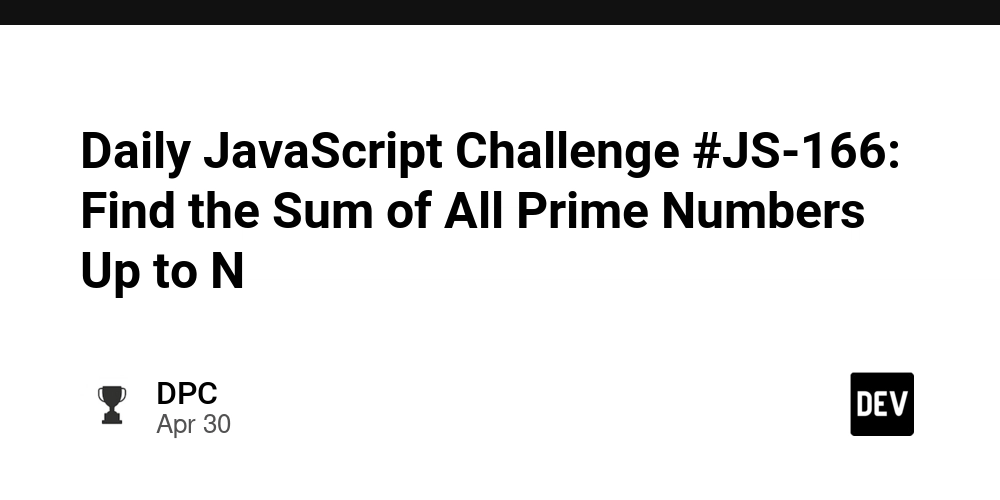
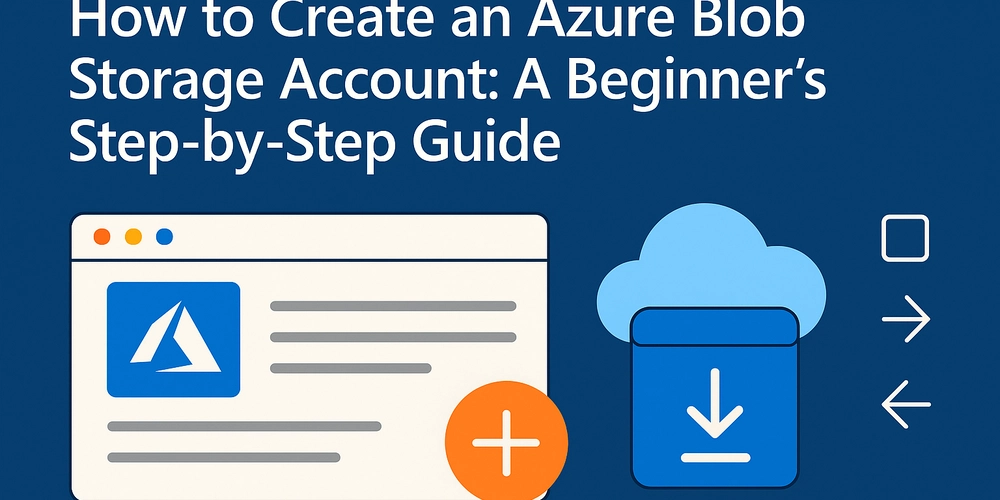






























































.jpg?#)













































































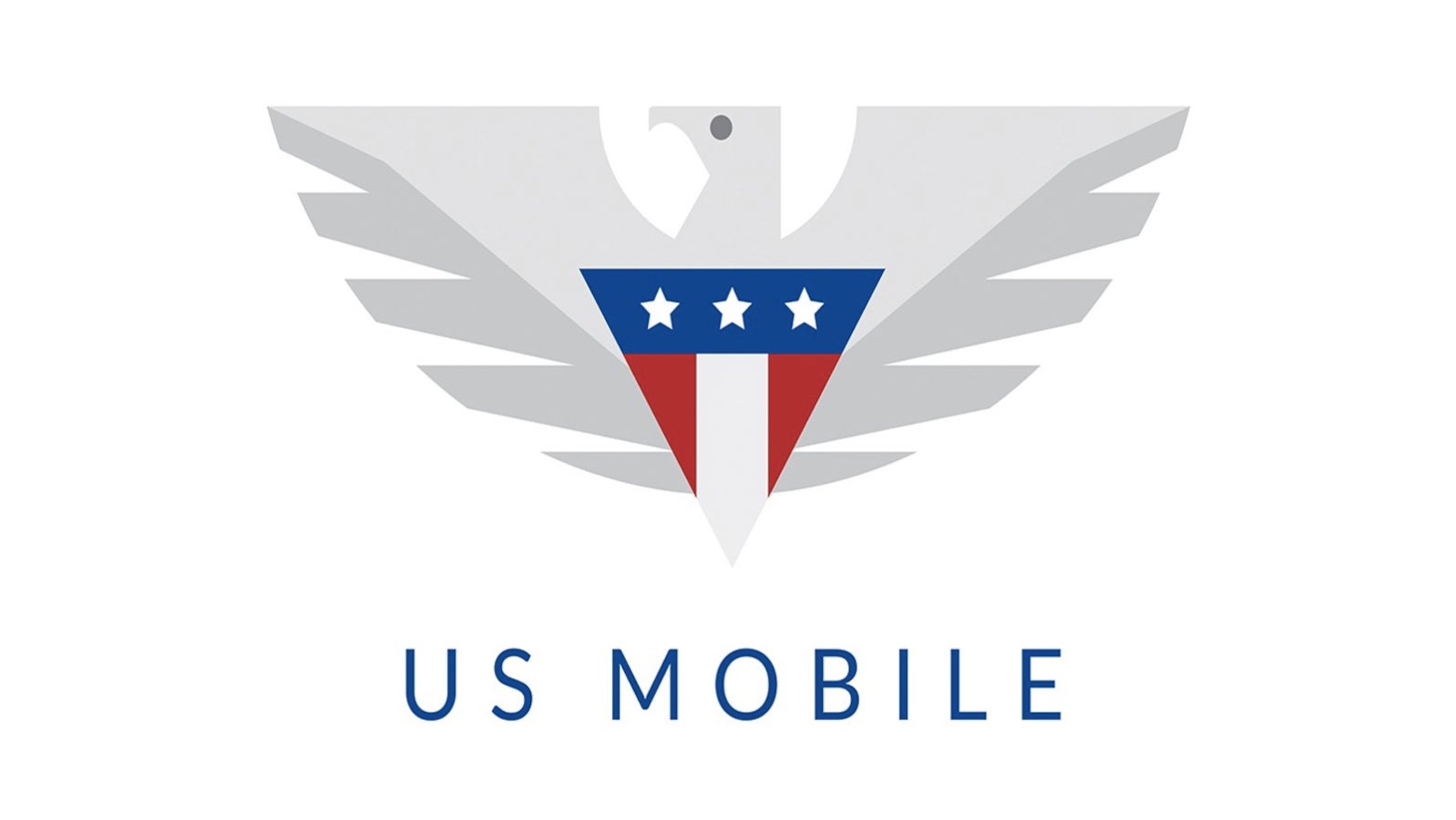











_NicoElNino_Alamy.jpg?width=1280&auto=webp&quality=80&disable=upscale#)



























































































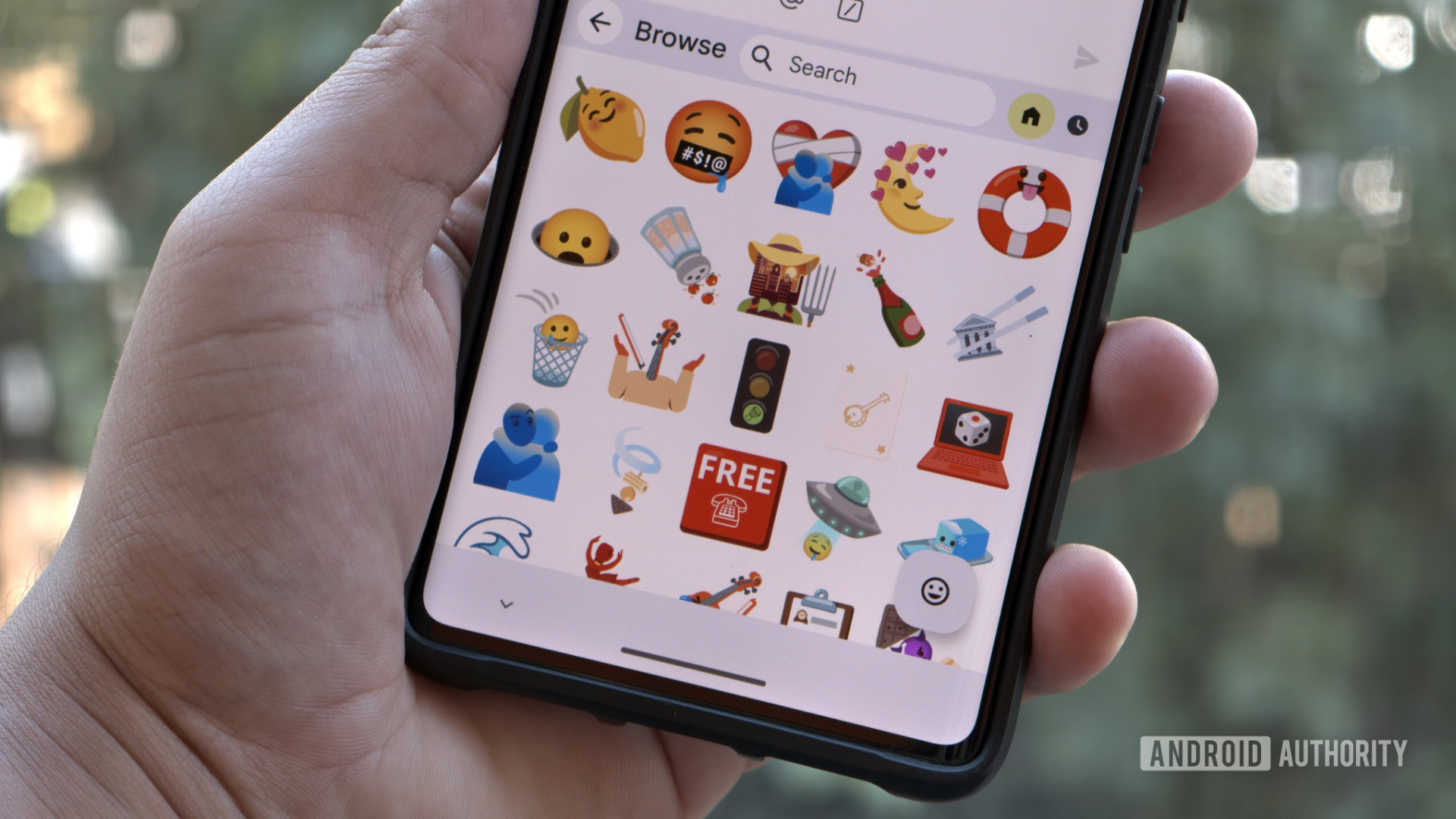






















![Standalone Meta AI App Released for iPhone [Download]](https://www.iclarified.com/images/news/97157/97157/97157-640.jpg)
















































